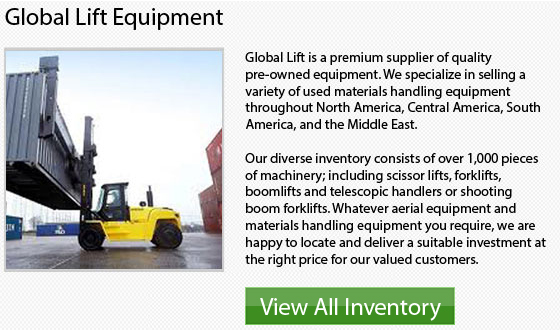
Seat Belts for Counterbalances
A forklift, also referred to as a counterbalance, carries loads as heavy as 30,000 lbs. Despite being sturdy and large, these industrial machinery still bear the potential chance of crash or accident. In order to be safe, be certain to have operators wear the correct seat belt in the forklift and check that up to standard safety features are also on board. People know that in case of an accident, seat belts can save lives.
Three-Point Seat Belt
Three-point seat belts can extend over the lap and across the upper body. These types of belts offer an added degree of safety by protecting your body. They are offered in both bench-seat and buckle-seat styles. The 3-point seat belts are offered in either retractable and non-retractable styles.
Retractable seat belts are normally utilized in the majority of modern motor vehicles available. Although non-retractable types increase safety, retractable kinds offer more comfort. It is not possible for a non-retractable seat belt to extend accidentally.
Lap belts
The type of seat belt which only extends over the lower portion of the body is a two-point lap belt. Most lap belts feature a push-button closure system and are non-retractable. In order to secure the seat belt, just press on the belt button and then the two sides will separate.
Circuit-closed seat belt
The kind of seat belt which forces a forklift operator to wear a seat belt is a circuit-closed seat belt. These kinds of seat belts have a micro-switch attached that enables an alarm to sound if an operator starts a vehicle and is not secured by a seat belt. The circuit-closed seat belts are made in both non-retractable and retractable lap-band kinds.